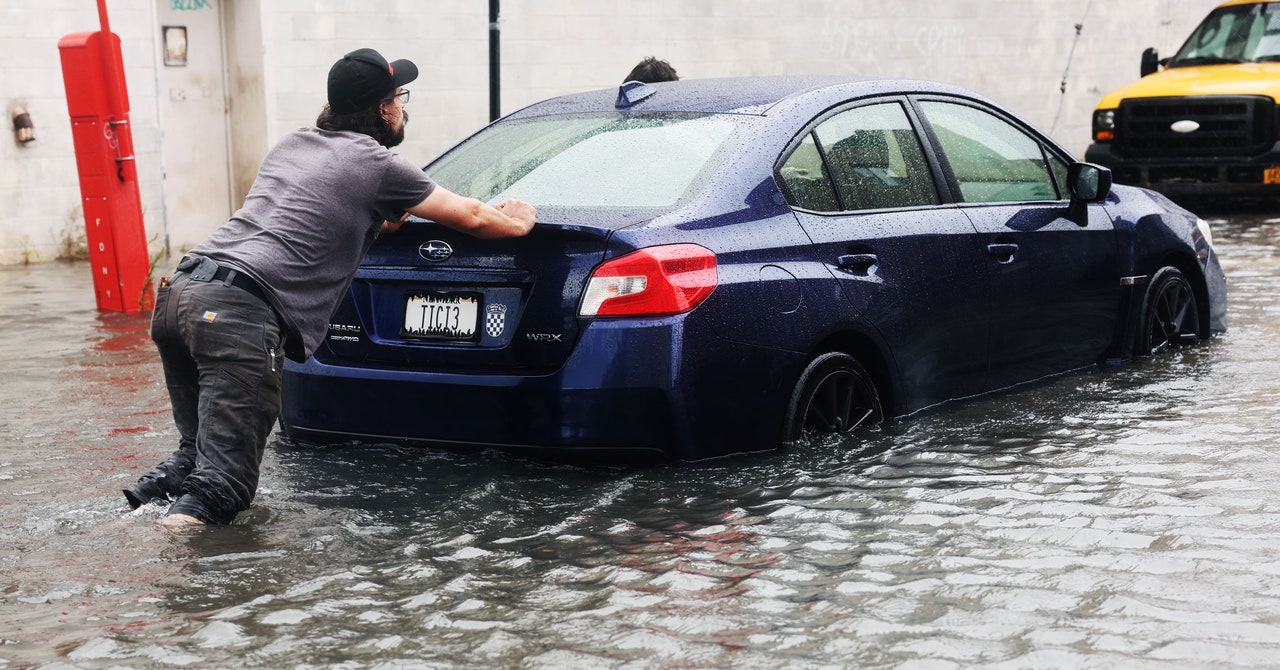
New York and the surrounding areas are under a flash flood warning, and the city and state have issued emergency declarations. Parts of Brooklyn received more than 5 inches of rain this morning; Central Park and Midtown Manhattan had around 4 inches, according to the National Weather Service. Trains were stalled or suspended. Students were in schools with no immediate safe way home. The downpour comes after days of rain that made the region susceptible to flooding.
Water has been rushing down subway stairs in Brooklyn, while a terminal in LaGuardia Airport flooded and shuttered. Cars have been stranded and trash cans sent floating by dangerous flood waters, with one bus continuing on its route despite several inches of water on board.
X content
This content can also be viewed on the site it originates from.
“This changing weather pattern is the result of climate change,” Rohit Aggarwala, commissioner of the New York City Department of Environmental Protection, said during a press conference. “And the sad reality is that our climate is changing faster than our infrastructure can respond.”
The physics of this sort of flooding are abundantly clear to atmospheric scientists: For every 1 degree Celsius of warming, air can hold 6 to 7 percent more water. That means more moisture is available for storms to dump. At the same time, as the planet warms, it sheds more energy by evaporation—essentially, it “sweats” more. What goes up must come down as rain.
All the while, metropolises like New York are working with infrastructure that may be centuries old. City planners considered their climate then when building sewers and canals—the basic idea being to whisk away stormwater as quickly as possible. Today, storms are fiercer, and the extra precipitation is overwhelming that infrastructure, accumulating and causing widespread flooding.






